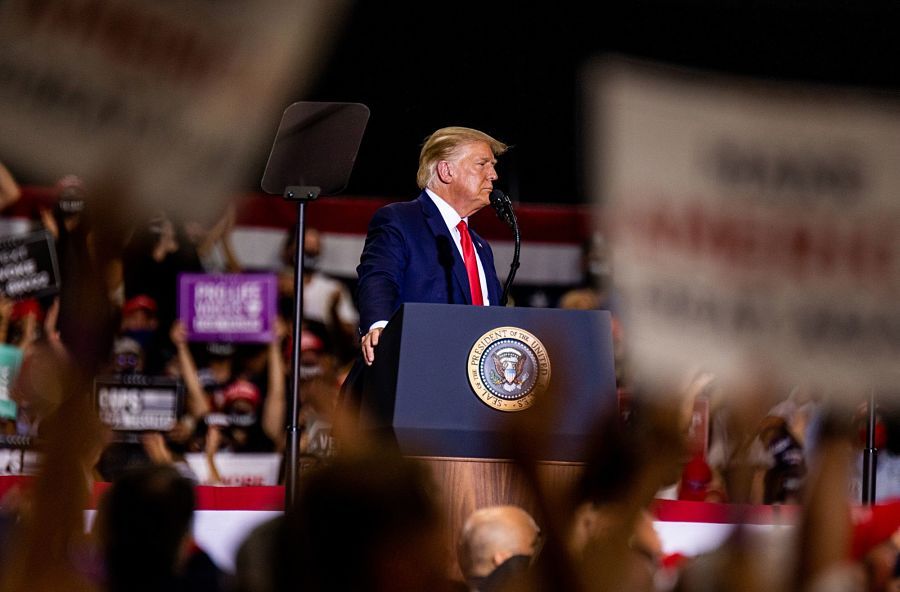Loomis Sayles goes global as investors continue to shun domestic equity funds
New fund will leverage expertise, diversify product lineup.
Loomis Sayles & Co. is diversifying its product lineup with a global investment strategy fund that might be just what the doctor ordered.
The Loomis Sayles Global Growth Fund (LSGGX), which launched Thursday, will leverage the strength and track record of the $2.8 billion Loomis Sayles Growth Fund (LSGRX), which has been around more than nine years.
Both funds are managed by veteran portfolio manager Aziz Hamzaogullari, who took over management of the older Growth Fund in 2010.
The domestic growth fund is down 26 basis points since the start of the year, compared with a 1.55% gain by the S&P 500 Index.
Last year the fund gained 10.02%, while the index finished the year up 1.38%.
The references to the growth fund are relevant because there are similarities in how the domestic and global growth funds will be managed, according to Hollie Briggs, product manager on the portfolio management team.
“Both funds will be using the same philosophy and investment process,” she said. “Today, for example, there are 16 U.S. names in the global fund, and 13 of those names are also in the domestic fund.”
The global fund currently has a 51% allocation to international stocks, with the flexibility to go as high as 70% international.
Todd Rosenbluth, director of mutual fund and ETF research at S&P Capital IQ, said the addition of the global strategy makes sense for Loomis Sayles for a number of reasons, including the ability to run the domestic and global funds virtually side by side without a lot of extra effort on the part of the portfolio management team.
“The domestic fund already has about 20% allocated to foreign stocks, and I’m presuming this new fund will offer more of a global mix, because this manager already favors some European stocks,” he said.
Mr. Rosenbluth also noted the advantage of a more diversified product lineup for Loomis Sayles, which saw outflows last year from its flagship $15.9 billion Loomis Sayles Bond Fund (LSBDX) , managed by Dan Fuss.
“They have more exposure to bond funds, so this new offering will provide an opportunity for diversification of firm assets,” Mr. Rosenbluth added.
Ms. Briggs said the company is not launching the global equity fund as part of any kind of deliberately timed diversification strategy. But there is no denying that investors have been moving away from domestic equity and toward international equity.
Through the first two months of 2016, U.S. equity funds experienced more than $7 billion worth of net outflows, while international equity funds have had more than $24 billion worth of net inflows, according to Morningstar.
In fact, dating back to 2007, 2013 is the only year domestic equity funds didn’t have net outflows.
International equity funds last finished a year with net outflows in 2008.
“It’s never a sure-fire bet, but one reliable place for flows with active products right now is non-domestic equities,” said Jeff Tjornehoj, head of Lipper Americas research.
“Ever since the financial crisis, investors have been diversifying out of domestic equities and into international equities,” he added.
Learn more about reprints and licensing for this article.








